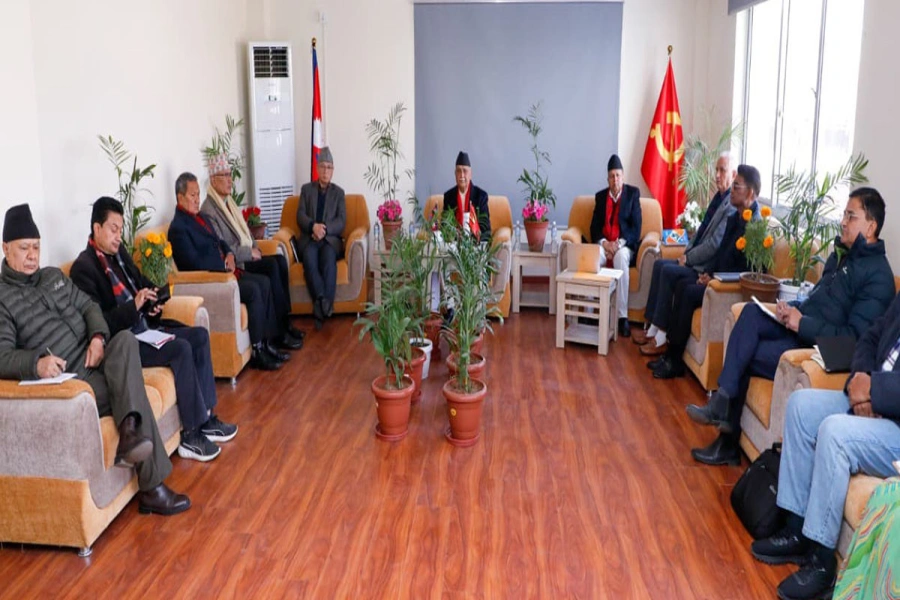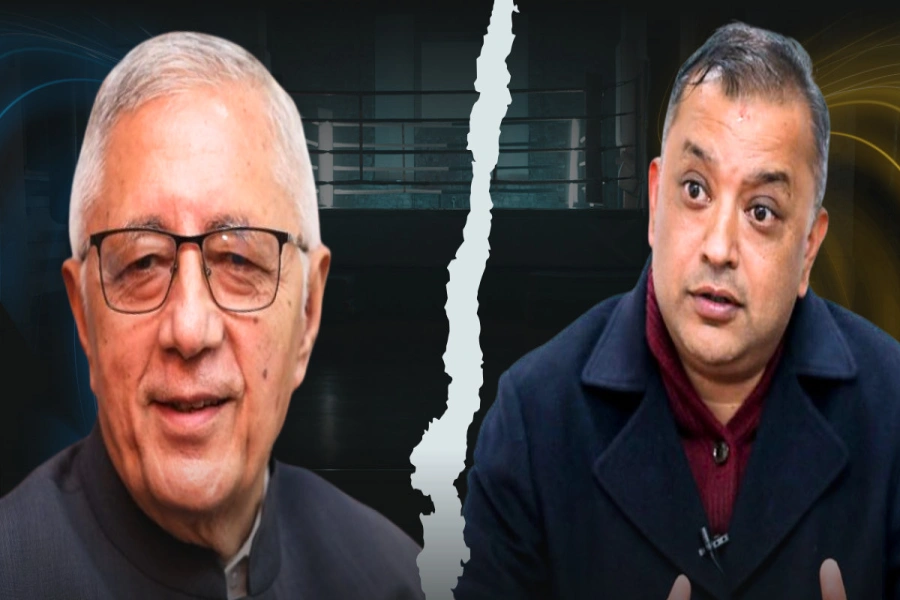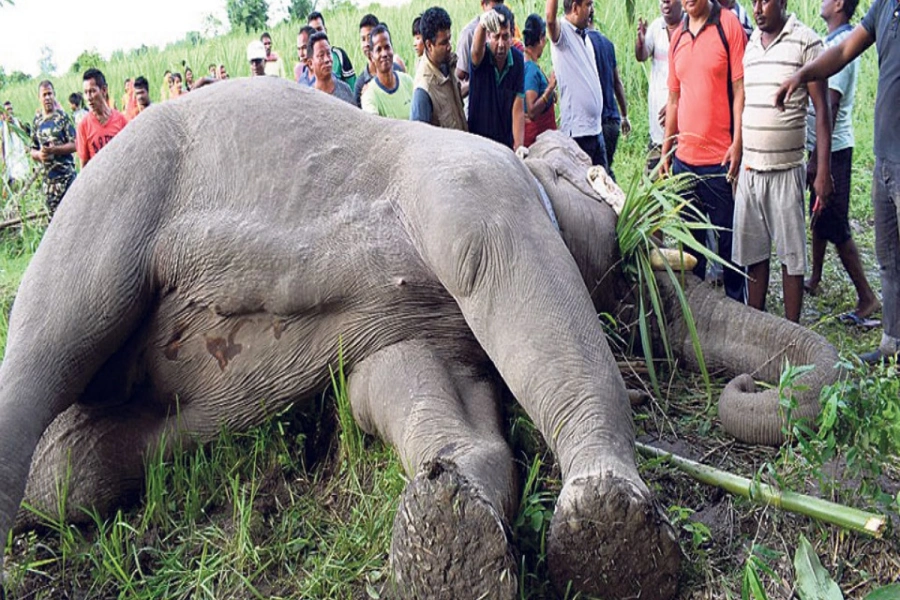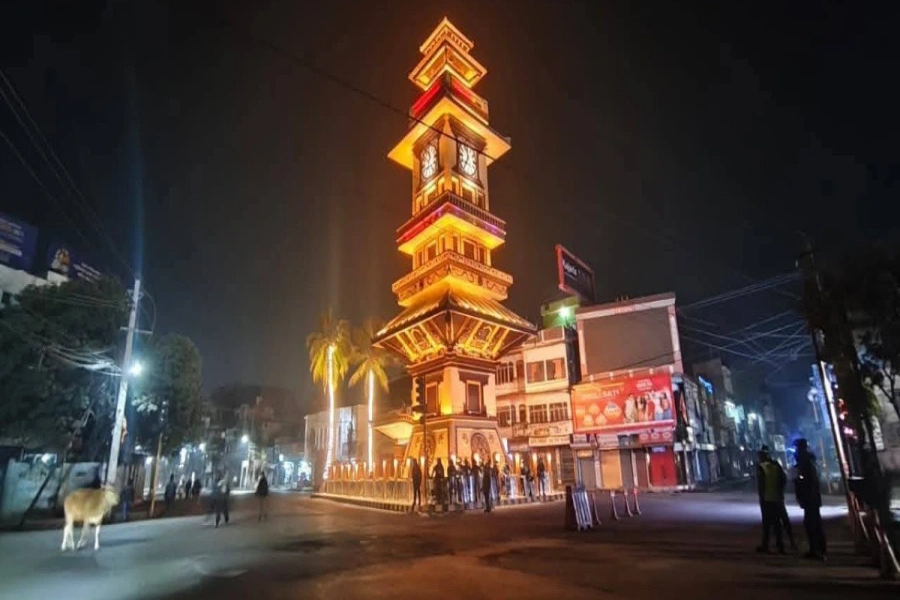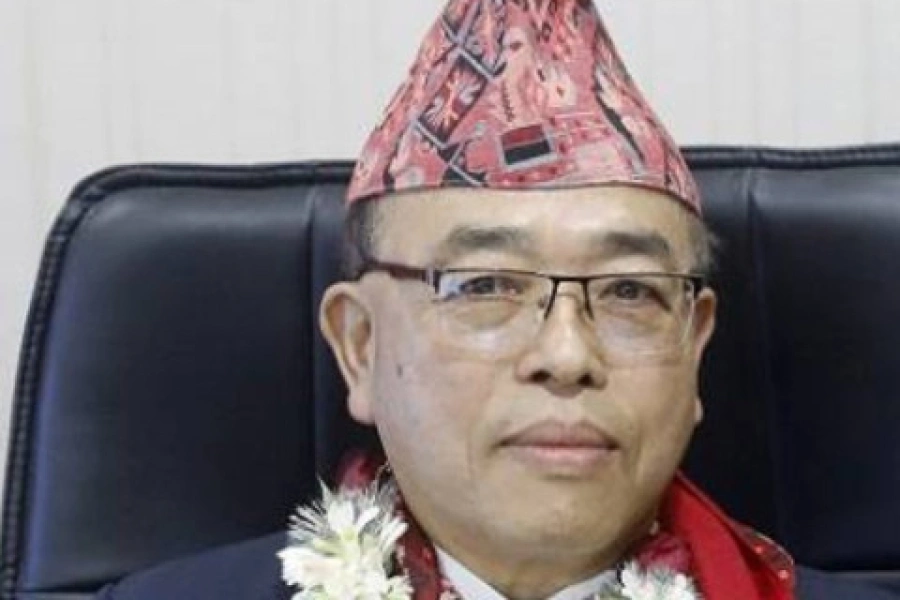KATHMANDU, Dec 13: By December 11 midnight, Kanchanpur was one of the many Nepali Congress (NC) stronghold districts that the party lost in the federal and parliamentary elections. The party was defeated in Chitwan along with other 45 districts.
The party, which stamped its authority in the district by defeating CPN-UML of the left alliance in 2013’s Constituent Assembly elections, should have won this time as well. Yet, Ramesh Lekhak, NP Saud and Dewan Singh Bista of Nepali Congress were defeated by the candidates of Left Alliance from marginal (67) to maximum (8,000) vote difference.
Following the Comprehensive Peace Accord signed between the then Maoists and the Seven Party Alliance in 2007, the first Constituent Assembly election took place in 2008. With heightened expectations from Maoists, a new political force which was still a virgin in politics, people voted immensely across the country, including Kanchanpur. The CPN-Maoists won 229 seats in the first CA. Nepali Congress and CPN-UML became second and third largest force respectively in the country.
The CA was mandated to formulate the constitution in two years, but despite two additional year extension, it had no accomplishment. Failing to produce a consensus candidate to lead the government, parties agreed to promote the then Chief Justice Khil Raj Regmi to conduct second CA elections. NC emerged as the largest political force in the 2013’s second CA elections with 196 seats. CPN-UML climbed up the ladder to become the second largest party with Maoists resting on third position.
NC, which had been a dominant force in the country since the Rana regime, successfully promulgated the constitution through elected peoples’ representatives for the first time in Nepal’s constitution. It also played an important role to conduct the first phase of local elections in a gap of 20 years as ruling coalition partner. It later completed the remaining local, provincial and federal elections as part of implementing the constitution. While the party contributed much to bring political stability in the country, it suffered humiliating defeats in all the elections it conducted, especially, in federal and parliamentary.
With the vote counting almost about to complete, NC has been able to win only 21 seats out of 165 in First-Past-The-Post electoral system. Out of total 330 seats in the federal parliament, it won only 39. Party’s senior leaders Ram Chandra Poudel, Bimalendra Nidhi, Krishna Sitaula, Ram Sharan Mahat, Shekhar, Arjun Narsing KC, Prakash Sharan Mahat and Nabindra Raj Joshi were some of the several central leaders that were defeated in the elections.
THE FALL OF NEPALI CONGRESS
Nepal faces fourth defeat in a row

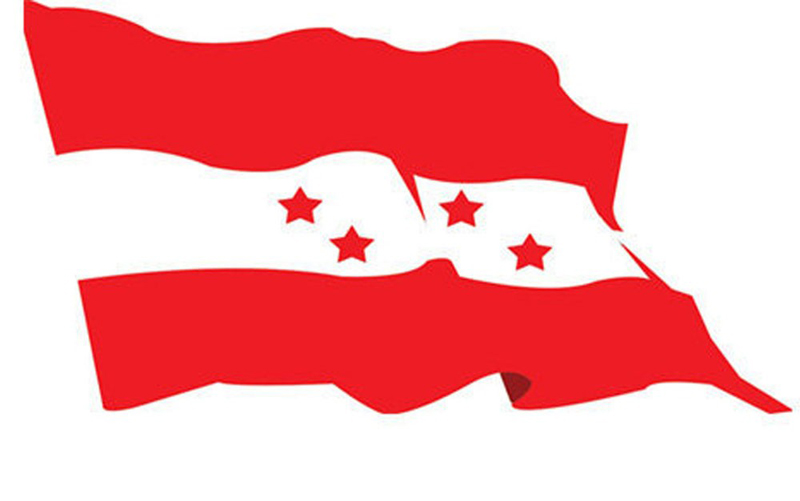
Lack of cooperation from within the party has become one of the major reasons for Nepali Congress defeat. Following poor results in local level elections, youth leaders of the party said that it was unfortunate as well as disheartening to suffer defeat due to internal lack of cooperation despite popular support.
Apart from internal rifts and divisions in the party, the alliance of Nepali Congress and CPN-Maoists became a downfall. During local level elections, the move was criticized and Congress supporters were alarmed with a ‘communist’ being a ‘democrat’s’ ally. With increasing disgruntled supporters, Nepali Congress’s base was crumbling.
Nepali Congress didn’t learn, and intra party betrayals once again, contributed towards its defeat in both federal and provincial assembly elections.
Political agendas play a crucial role to convince citizens during voting. Yet, Nepali Congress almost had none. The election manifesto didn’t convince voters. Rather than spending it’s time to convince voters, it indulged to criticize newly formed Left Alliance. Yet, it faltered as the party failed to take the Alliance seriously. While the Left Alliance appeared aggressively and strategically, NC became more defensive and focused to develop fear of communism. With smaller parties in competition, one major political force that had stood against India in crisis was CPN-UML, the Left Alliance.
Nepali Congress had neither strategy nor was it prepared for the elections that it had scheduled. The Left Alliance showed its strength: clear agenda ‘stable government and economic prosperity’. It communicated clearly and was easily understood by the public.
While NC promulgated the constitution, its party leaders never stood in its support. Instead, it continually agreed to amendments to please Madheshi leaders. During the unofficial blockade by India, many of the leaders remained strategically silent. Moreover, its infamous wrong engagements; Sushila Karki’s impeachment, favoritism to appoint Inspector General of Police back fired.
Each faction collectively contributed towards the whole party to lose in the elections.
NC building a ‘democratic alliance’ was a replication. Voters swayed and neither NC, nor the democratic alliance could garner votes. NC was overtly confident that its supporters would vote the ‘Tree’, its election symbol as they knew what the party had done since 1950. Yet, during vote counts, it showed the opposite. Nepali Congress had votes, but not the amount to establish its political authority.
WAY FORWARD
Nepali Congress suffered its worst electoral defeat in its nearly seven decade political history. “The new low that Congress has descended to is the perfect place from which to start its revival, by giving party command to a new generation of leaders,” Republica’s editorial states.
With clear sight of CPN-UML forming a majority government, Nepali Congress must invest to form its strength and play the role of proactive opposition to maintain checks and balance. Defeats and victories are normal. But it is essential that Nepali Congress learns from its losses to become a formidable and visionary political force to reclaim its lost glory.
THE RISE 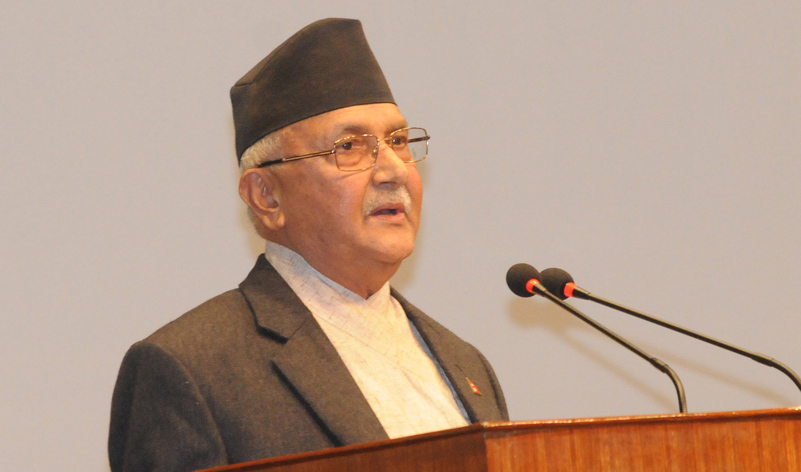 OF KP OLI:
OF KP OLI:
Following the promulgation of the country’s constitution, Nepal suffered unofficial blockade, especially fuel, from India. With the country already devastated by the earthquake of April 25, 2015, the blockade chocked Nepalese.
Oli, a vocal political leader, vehemently blamed India. Once seen as a close ally of India, Oli turned anti-India and immediately garnered support from youths across the country. Social media was flooded with supporting hashtags of #IamwithKPOli to #dontbackdown. Popular support further helped Oli to toughen his stance against India. As Oli consolidated his powers, Nepali Congress was falling behind with internal rifts and factions.
While the Oli led government, which lasted for nine months, grabbed popular attention with anti-India sentiment videos that later became viral on soial media, it was unable to solve the problem. Instead, Oli put a different agenda to the people—the only way to push back India’s increasing presence was by strategically being close to China.
As the blockade duration increased, Oli spoke of alternative energy, including electric vehicles. The blockade had cut fuel supply in the country. Prices of daily essentials escalated. Inflation rate stood at an all time high of 12 per cent. After six months, the borders opened. KP Oli, who was the prime minister, had not let the people, Nepal and its sovereignty down. Oli amassed more support.
The government also sparked criticism. More than 50 people died in clashes between police and protesters by December 2015. The Maoists, one of the 14 political parties to help Oli win with majority, deserted the government, accusing him of not honoring power sharing deals. Just minutes before facing a no confidence vote that Oli was expected to lose, he resigned, eventually becoming a hero and ‘statesman’.
For Oli, the move contributed greatly to garner UML followers and the results of three elections show to what extent.




